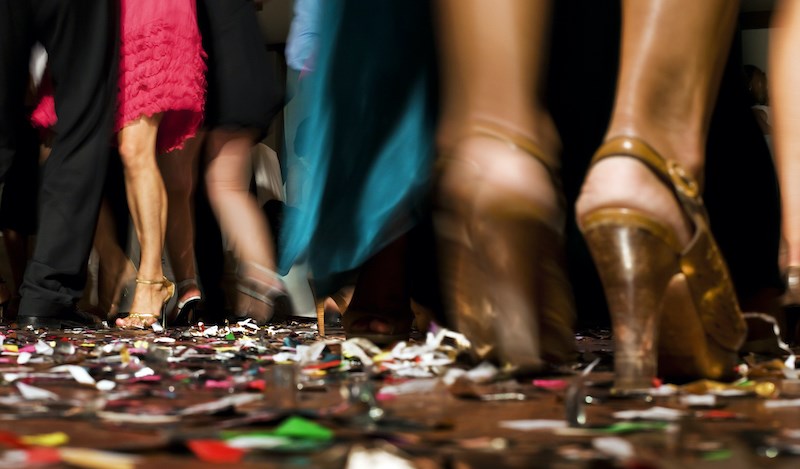We can’t dance if we want to — but there is a reason why.
On October 25, by order of provincial health officer Dr. Bonnie Henry, British Columbia lifted the COVID-19 capacity restrictions on indoor organized gatherings, indoor stadiums, theatres, recreational facilities, restaurants, bars, pubs, and nightclubs. The province-wide implementation of the BC Vaccine Card for these venues largely justifies the relaxation of these restrictions.
However, dancing is still not permitted…mostly.
Of course, dancing is permitted in the confines of a dance studio and personal, non-organized gatherings. But rhythmically cavorting your body with others in a pub, nightclub, or organized gathering (indoor or outdoor) is strictly verboten.
On the surface, this Elmorian ban on dancing seems arbitrary.
After all, if everyone is providing proof of vaccination then why is dancing not allowed in those aforementioned venues?
Stadiums full of people can hoot and holler, while a beer in hand can (temporarily) exempt fans from wearing a mask. Fitness centres (including dance studios) allow maskless patrons to exert themselves in high-intensity workouts at normal room capacity. Ticketed parties can serve alcohol without even requiring attendees to be seated, as they mingle and gather in close proximity to each other.
However, a yoga class or a large restaurant table does not densely pack as many people in one place in the same way as a dance floor in a Granville Street nightclub does.
The reality is that there are many intricacies to social interaction in the physical world. Granular rules for every single possible group gathering would not only be overly lengthy, but also confusing. Instead, B.C. has adopted blanket rules with enough specificity to sensibly apply to most social situations but enough broadness to be clearly enforced.
This is why an indoor organized gathering with fifty people does not require proof of vaccination, whereas an indoor gathering with fifty-one people does require verification of the BC Vaccine Card. It is not really fair that an indoor organized gathering of fifty-one people has to adhere to the same rule as a gathering for 18,910 people, rather than the rule for a similar event with fifty people. But, at some point, lines have to be drawn to make the rules easy to follow.
Often, blanket rules, like the prohibition on dancing, are implemented for expediency, simplicity, adaptability, and achievability — desirable traits for a response to an environment that is constantly changing, like that of a pandemic.
Dance floors, especially those in nightclubs, pose a relatively heightened risk of spreading COVID-19 with all the sweating, heavy breathing, shouting, and canoodling. While perhaps a small dance party with proof of vaccination measures may not be as high-risk, the challenge is more about where the line can be drawn safely, decisively, and pragmatically. Banning dancing altogether is just easy and it makes sense.
The prohibition against dancing is effectively another layer of protection, just like vaccines, mask mandates, and vaccine passports. Of course, it is not perfect or fair in every conceivable scenario. Maybe it feels like overkill. But taken together with all the other layers, the dancing ban intends to minimize the potential spread of COVID-19.
This is not a judgment on if there are too many, too few, or just enough layers of protection to properly prevent the spread of COVID-19. Rather, this acknowledges that some combination of these protective layers is an effective response to this pandemic.
Ultimately, layers of protection from the virus — even if seemingly excessive — will accelerate the return to a normally functioning society where we can freely and safely dance with large groups of friends and strangers again.
Mo Amir is the host of This is VANCOLOUR, a politics and culture podcast available on Apple Podcasts, Spotify, Google Podcasts, and www.thisisvancolour.com.



